 As a dance student, you may wonder how you will ever remember every note, correction and suggestion you are given in class. You may even have more than one teacher; even two teachers means double the amount of notes you are given! You may have teachers who work by the same method, however they may teach in very different styles. Whilst this is beneficial to ’round’ you as a dancer, it may be tricky to keep track of everything you have to remember.
As a dance student, you may wonder how you will ever remember every note, correction and suggestion you are given in class. You may even have more than one teacher; even two teachers means double the amount of notes you are given! You may have teachers who work by the same method, however they may teach in very different styles. Whilst this is beneficial to ’round’ you as a dancer, it may be tricky to keep track of everything you have to remember.
You may find it useful to keep note of everything that is said to you in class to make sure your technique and performance is as well rounded as possible. It can be hard to take everything on board, especially if you are given small corrections and subtle changes to your form. You may find you are constantly trying to please your teacher/s, but by writing things down it will help consolidate the information and process it for your body.
You don’t have to write your notes, thoughts and information down in any particular way, it is completely up to you as to how you’d like to format your notes, as long as they are useful in helping you progress as a training dance student. Looking back on your notes will also show you just how far you’ve come! Reflecting on what you have achieved will also serve as motivation for persevering in the future.
Corrections and imagery suggestions to aid your performance may form the bulk of your dance notes, so make sure you take a few minutes at the end of your dance classes to make any essential notes you may need – you may not remember them all until the next day! And if you’re learning something new, write that down too to prompt you when you’re practising outside of class.
Image courtesy of Wikimedia Commons.

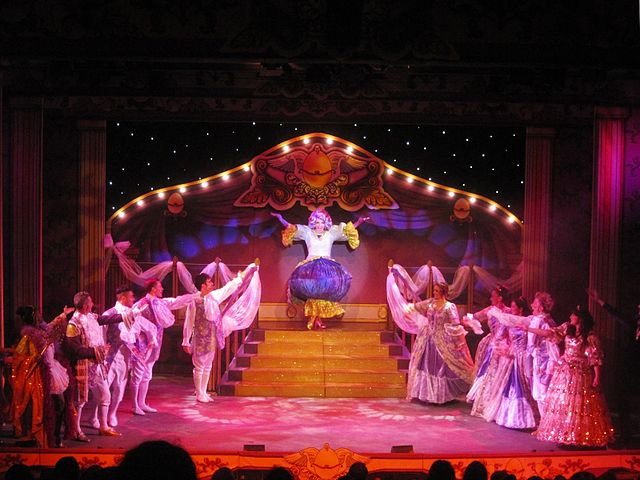 Pantomime has received a facelift in recent years, a “rags to riches” transformation. The 80s and 90s saw a gradual decline in quality, and pantomime was regarded as a cheap entertainment option with some glitter to cover the cracks. Some of regional repertories and smaller companies kept the magic alive and reinvigorated it, however audiences began to demand better and slowly pantomime began to improve.
Pantomime has received a facelift in recent years, a “rags to riches” transformation. The 80s and 90s saw a gradual decline in quality, and pantomime was regarded as a cheap entertainment option with some glitter to cover the cracks. Some of regional repertories and smaller companies kept the magic alive and reinvigorated it, however audiences began to demand better and slowly pantomime began to improve. Making a ballet tutu can be a very rewarding experience. To see your costumes on stage after a long process of creating them creates feelings of pride and accomplishment, following carefully sewing on hooks and eyes, and creating layers and layers for the finished product.
Making a ballet tutu can be a very rewarding experience. To see your costumes on stage after a long process of creating them creates feelings of pride and accomplishment, following carefully sewing on hooks and eyes, and creating layers and layers for the finished product. It has been rumoured that West End star Kerry Ellis is set to take over the role of Grizabella from pop princess Nicole Scherzinger in Cats at the London Palladium in 2015, a huge theatrical coup for musical theatre fans. Scherzinger has previously received mixed reactions from musical theatre-goers however for many, the most important aspect of the news is that Cats will most likely be extending further than it’s previously advertised 12 week run.
It has been rumoured that West End star Kerry Ellis is set to take over the role of Grizabella from pop princess Nicole Scherzinger in Cats at the London Palladium in 2015, a huge theatrical coup for musical theatre fans. Scherzinger has previously received mixed reactions from musical theatre-goers however for many, the most important aspect of the news is that Cats will most likely be extending further than it’s previously advertised 12 week run.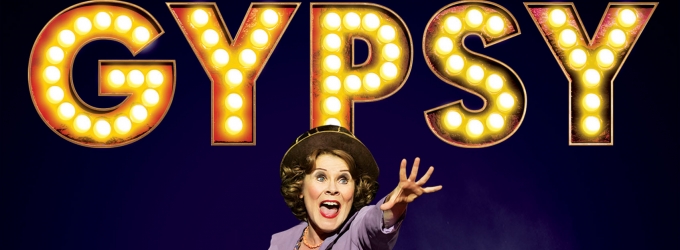 It has been revealed that Imelda Staunton will reprise her role as the iconic Momma Rose in Chichester Festival Theatre’s hit production of Gypsy when it transfers to the West End for a strictly limited season in spring 2015. This will be the first London production of Stephen Sondheim’s much-loved musical for more than 40 years, playing at the Savoy Theatre from 28 March.
It has been revealed that Imelda Staunton will reprise her role as the iconic Momma Rose in Chichester Festival Theatre’s hit production of Gypsy when it transfers to the West End for a strictly limited season in spring 2015. This will be the first London production of Stephen Sondheim’s much-loved musical for more than 40 years, playing at the Savoy Theatre from 28 March.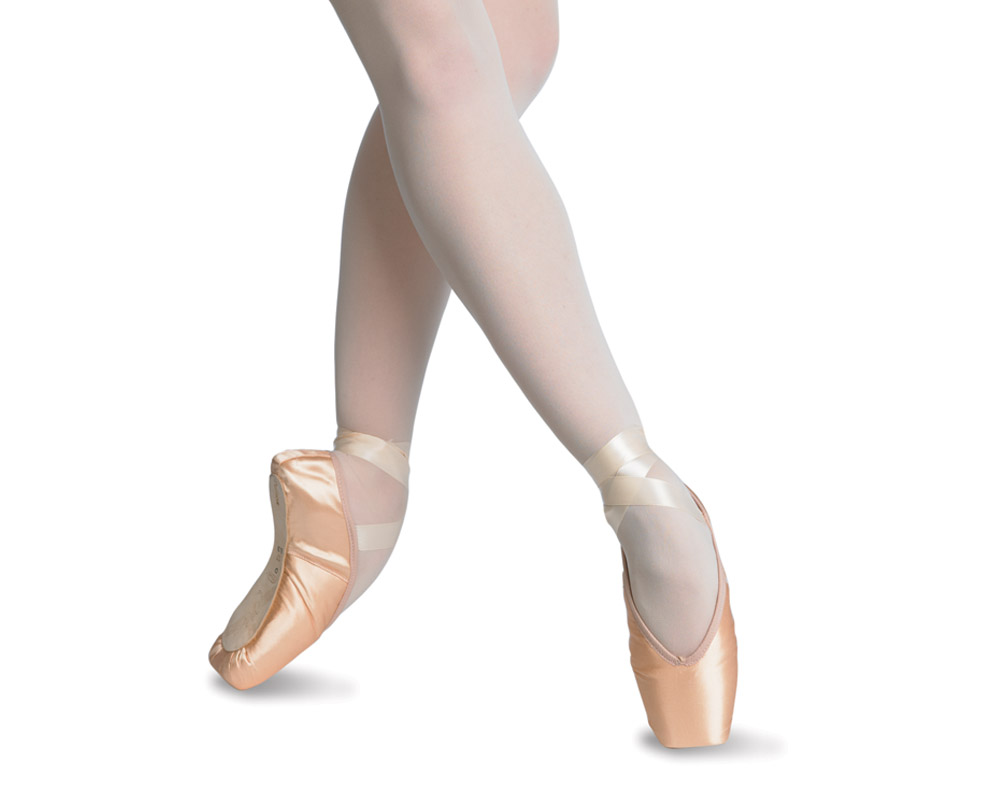 Dance students new to pointe are always excited to get going, inspired by what they have seen through their dance training so far. Watching older students or favourite ballerinas dancing en pointe is often an enamouring experience, and now it is the turn of the younger students to get their first pair of pointe shoes.
Dance students new to pointe are always excited to get going, inspired by what they have seen through their dance training so far. Watching older students or favourite ballerinas dancing en pointe is often an enamouring experience, and now it is the turn of the younger students to get their first pair of pointe shoes. Following the enormous success of last year’s festival, VAULT returns to Waterloo’s Leake Street tunnels from 28 January-8 March. Specifically, dance and physical theatre are one of VAULT’s areas of excellence this year with a wide programme of powerful and provocative shows taking over the venue.
Following the enormous success of last year’s festival, VAULT returns to Waterloo’s Leake Street tunnels from 28 January-8 March. Specifically, dance and physical theatre are one of VAULT’s areas of excellence this year with a wide programme of powerful and provocative shows taking over the venue. In a co-production with Theatre Royal Plymouth, Frantic Assembly’s explosive Othello will hit the Lyric Hammersmith in the capital from 13 January 2015 following a successful UK tour. The company are said to have radically transformed the Shakespearian classic with its high energy choreography and approach to working artistically.
In a co-production with Theatre Royal Plymouth, Frantic Assembly’s explosive Othello will hit the Lyric Hammersmith in the capital from 13 January 2015 following a successful UK tour. The company are said to have radically transformed the Shakespearian classic with its high energy choreography and approach to working artistically.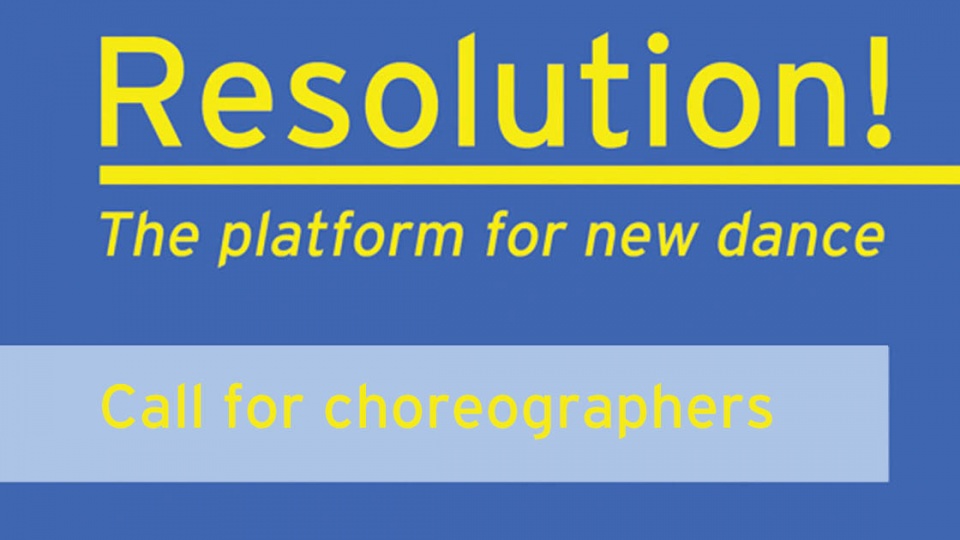 Resolution! – the biggest annual showcase for dance in the UK – returns to The Place from 8 January to 21 February 2015. Each night is a triple-bill, profiling 84 companies across 28 nights in a huge celebration and support of new choreographic talent.
Resolution! – the biggest annual showcase for dance in the UK – returns to The Place from 8 January to 21 February 2015. Each night is a triple-bill, profiling 84 companies across 28 nights in a huge celebration and support of new choreographic talent.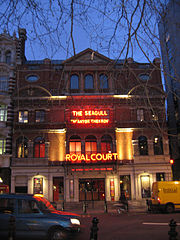 The Royal Court theatre and the Guardian newspaper are set to collaborate on a web-based play series. Directors, playwrights and journalists are all headed to collaborate on a new series of short plays, which will be available to watch online. Making these theatrical works more readily available to audiences all over increases the reach of the arts and puts it in greater stead for the long term.
The Royal Court theatre and the Guardian newspaper are set to collaborate on a web-based play series. Directors, playwrights and journalists are all headed to collaborate on a new series of short plays, which will be available to watch online. Making these theatrical works more readily available to audiences all over increases the reach of the arts and puts it in greater stead for the long term.